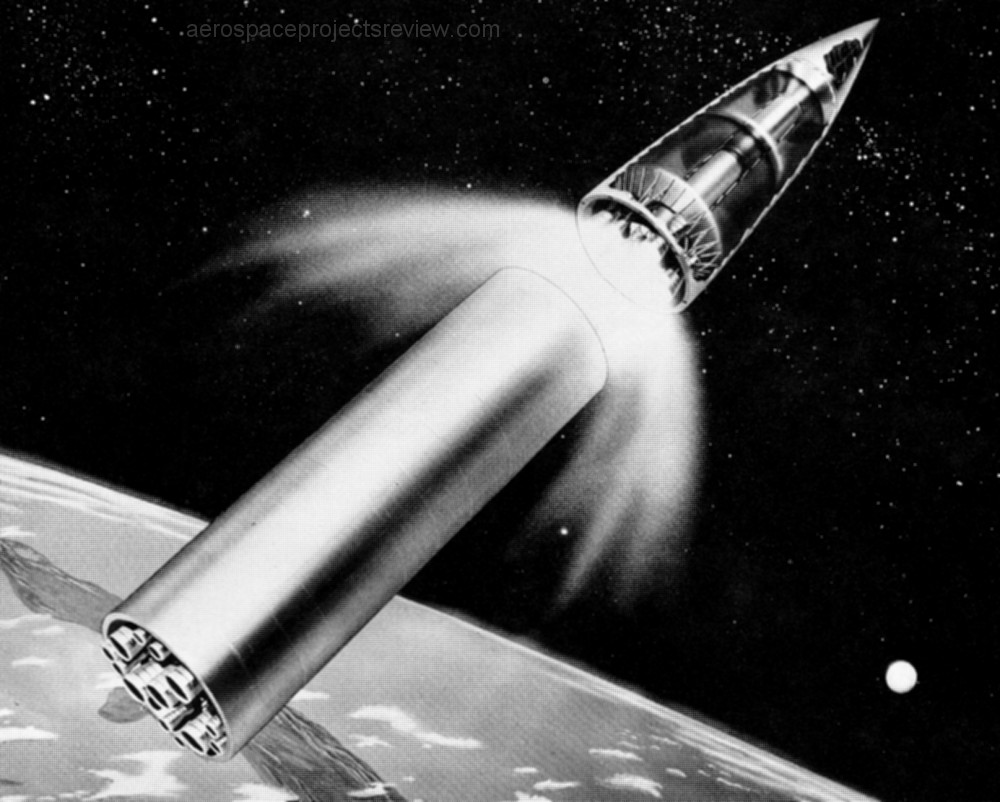A decade ago I released Aerospace Projects Review solely in printed form… in the form of simple 11X17 sheets stapled down the centerline. In recent years I’ve released it – and other aerospace documents – instead in PDF format, and also as a high-quality print-on-demand version. While the PDF versions are quick and cost effective, they don’t fit on a bookshelf. The Magcloud versions are good, but a bit limiting… one page size. No foldouts.
And one common feature of both PDF and MagCloud: They’re very “modern.” Most of the time, that’s just fine. But sometimes… old-school just seems a whole lot more appropriate.
I’ve picked up some old-fashioned report covers that use the folding metal prongs, the type that used to be pretty ubiquitous in aerospace offices. A generation and more ago, if you wanted to put out a report, or just bind together a bunch of stuff, this is what you’d use. In recent years, of course, these binders have fallen out of fashion, replaced with spiral bindings, 3-ring binders, or just plain scanned PDF documents and the like. It’s been a number of years since I’ve seen these things in the wild, either in office supply stores or in use. But they *scream* “this is how it’s done, son.” I’ve used large format versions of these on the recent X-20 Dyna Soar diagram set I out on eBay.
I’ve got the harebrained notion of making available a number of old reports, and things like Aerospace Projects Review, in this format. This is a lot of work (for me) compared to the PDF/print-on-demand options, but the end result is quite a bit different from the others. As a first test, I’ve re-worked the first four US Bomber Project issues into one publication, with the diagrams reformatted and rescaled for 11X17 foldouts. Here are photos of the first test :
If people are interested, I’ve already pulled out a fat stack of reports to release in this format (a number of Saturn program reports, aircraft pilots manuals, design studies, rocket engine manuals, etc.). Price would be variable, based on length, but they’d be less than a print-on-demand version, as well as including foldouts where appropriate. So, the question is… how much interest is there?
There is a bit more formatting needed for the US Bomber Projects version, obviously. Anyone want this prototype? Call it $20 plus postage.
Might come a time when I embark on true Aerospace Hispter Art Overload: using these binders to put together collections of cyanotype blueprints on vellum… that would be awesome.




















